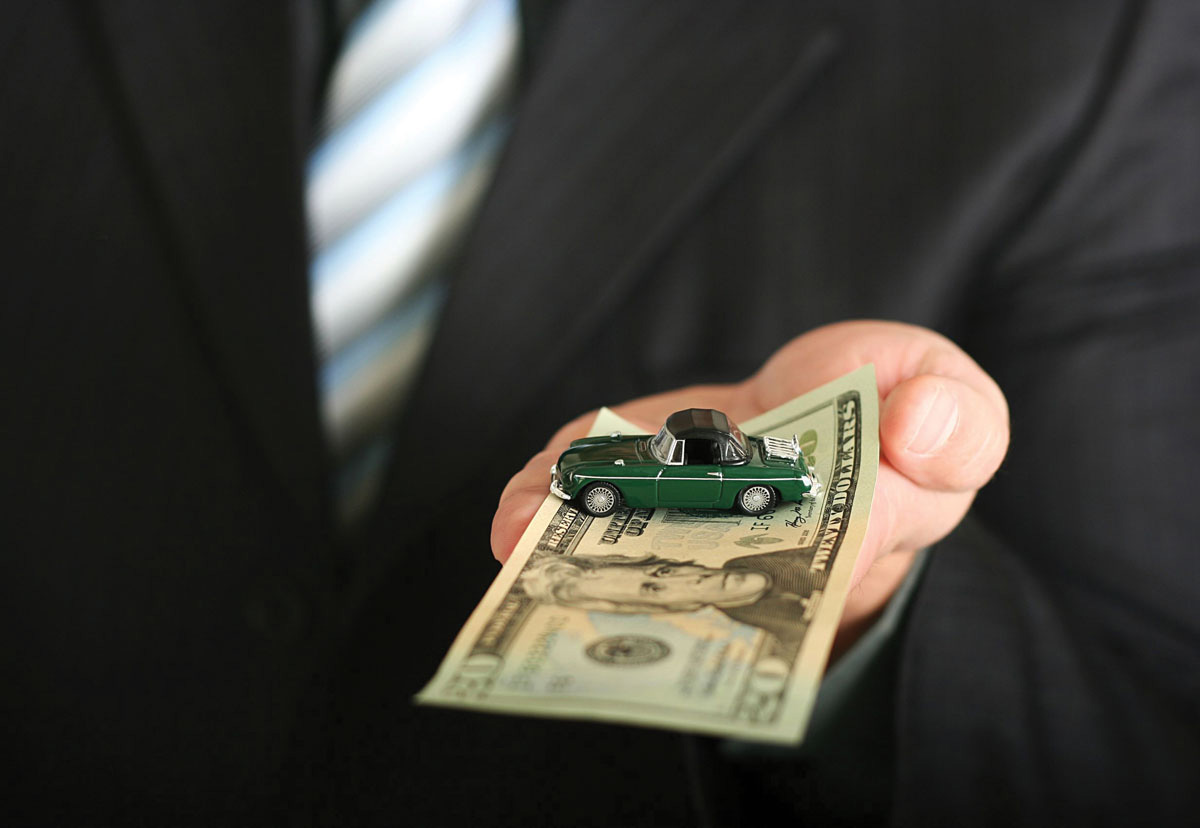 Lease Vs. Buy
Lease Vs. Buy
Essentially a lease is a long-term rental agreement, in which you use the car for a set number of months at the end of which you bring it back. You only pay for the number of months you use the car, so your payments are lower than if you had financed the full amount. You get to enjoy a new car every few years, trading it in before the need for major repairs. You have no equity, but your total cash outlay is kept low.
Lease Sources
Few dealerships actually lease cars, instead acting as a middleman, receiving a fee from the lease company for writing the deal. Scrutinize the agreement to make sure up-front costs have not been applied toward the lease agreement instead of the negotiated price. Other lease sources include credit unions, where there are no hidden charges and your rate simply reflects your credit rating.
Mileage Watch
Lease agreements specify the total mileage you can accrue; every mile over that figure incurs a charge averaging somewhere between $0.25 to $1. Most warranties cover the car during the first 36 months or 50,000 miles because, statistically, more major repairs will be incurred after those points. Yes, the payments will be a bit lower with a 39-month term, but as Dirty Harry asks, “Do you feel lucky, punk?”
Take Care
You are expected to bring your ride back in generally the same condition as when you drove it off the lot. Of course, there’s latitude for normal wear and tear, but you will be charged for any dents, dings or other damage, plus the expense of removing any bumper stickers or aftermarket accessories you’ve added. Keep this tip in mind if you will be allowing children, parking lot valets or others to operate the car.











